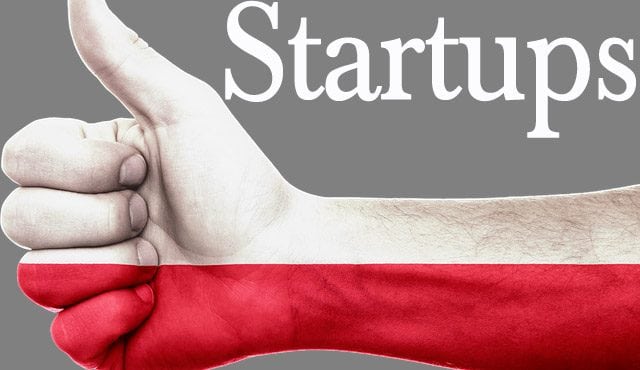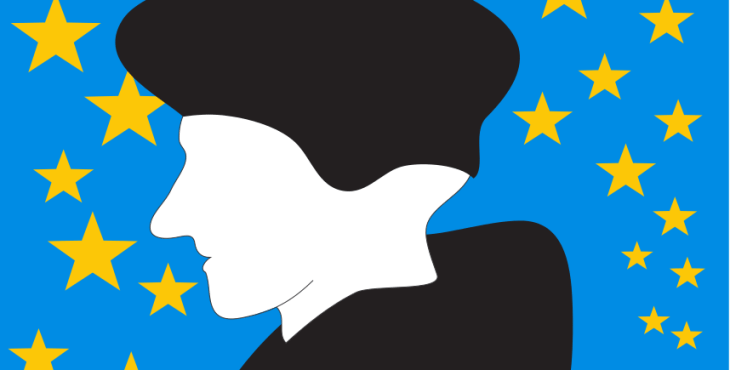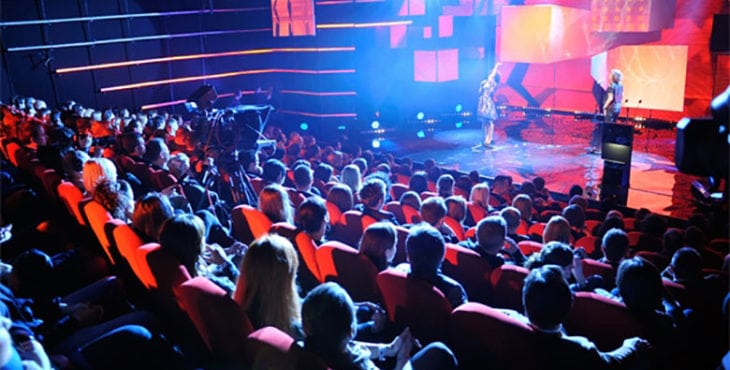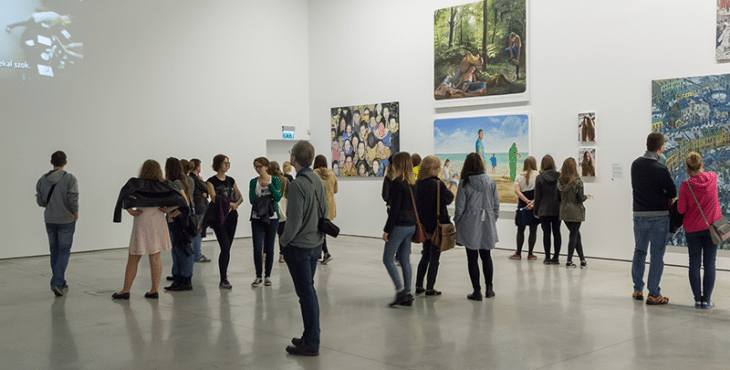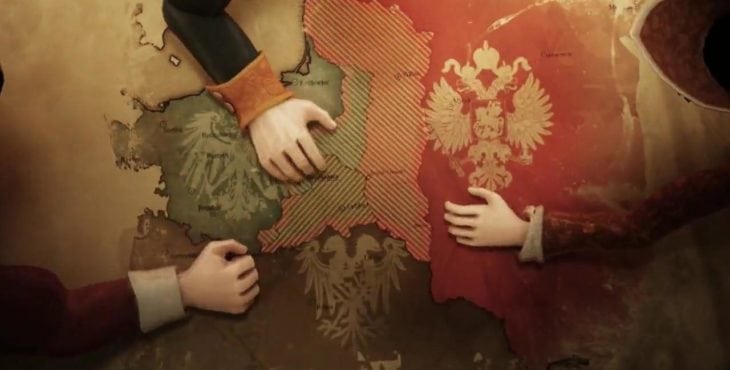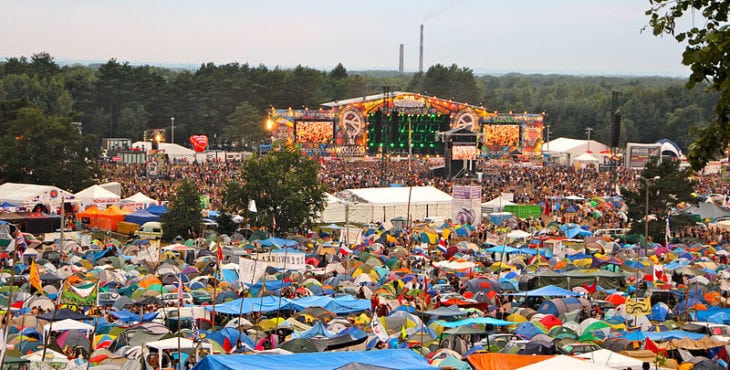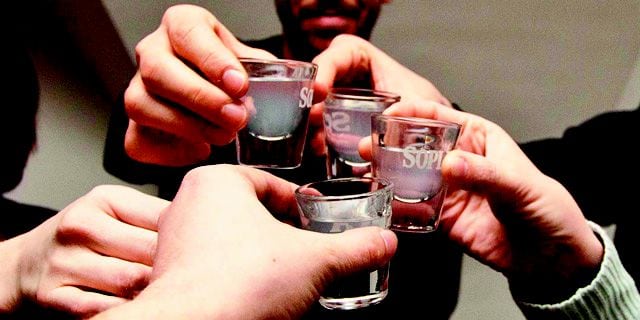Guest post by Abed Alaili – a tech entrepreneur living in Poland
Where to start? there’s so much to say, positive and negative … well, let’s start with this, no place is perfect!
Even the Silicon Valley is not perfect for startups, rent is so high in the silicon valley that everything becomes very expensive, even for software engineers. In Silicon Valley people with non tech jobs are leaving the city, imagine a place where teachers, nurses, taxis and waiters can no longer afford to live …
My experiences with startups in Poland
Startups in Poland are fewer than in many surrounding countries, but more importantly much less than what the 6th most populous country in the EU must have. For example, in a recent classification, Warsaw took the 14th spot in Europe by the number of startups, way behind London, Berlin and Paris, the situation is improving year over year, so we need to be a bit patient, the number of startups is roughly 1/4th to 1/5th of those in the top capitals.
Startup culture in Poland
Startup culture in Poland still have a long way to go, there is no enthusiasm when you talk about startups, and an IT guy is mostly considered an employee rather than a startup founder. Furthermore there’s no effort to make it cool to be a startup founder. And maybe it’s a good thing, taken in consideration the percentage of startup failures, maybe it’s better not to fill the heads of young people with false hopes, which might lead into financial ruin. Or maybe not, maybe failure is an essential step in every entrepreneur’s path to success.
Main factors holding back startups in Poland (in my opinion):
1- Poles are more reasonable (maybe) than other nations in the pursuit of success, especially when launching a startup is costly and highly risky.
2- Software engineers and programmers do not need to launch a startup to become rich, they are already doing great, earning 5-20 times more than the average polish employee, mostly thanks to the nature of programming which allows foreign companies to outsource software development to polish programmers.
3- ZUS makes entrepreneurship hard in general (see my ZUS article).
4- Entrepreneurs are usually the risk takers, but these risk takers sometimes take another type of risky decision, which is immigrating, and many of Poland’s risk takers have indeed immigrated to Germany, UK, USA, Canada, France, etc … There’s at least 10 to 20 million Pole that have immigrated to another country, meaning the pool of people who are genetically programmed to be entrepreneurs is reduced.
5- Very small Middle class and upper middle class. Most people live from paycheck to paycheck, mostly due to the amount of credit granted by banks. Credit is not something specific to Poland, many countries have their population indebted to banks. But as a former communist country, there was no capital transfer from generation to generation (we are basically at the fist generational capital transfer), thus almost everyone was poor after the fall of communism, and since then the banks credits have effectively hindered the creation of a real middle and upper middle class, simply by promoting consumption.
Before jumping in, and telling me i “know nothing”, let me ask you, what is the percentage of people that are not paying a house,car or consumption credit, and how many people can afford not to work for a year, without losing their house/car etc …?
6- No huge success stories, there’s no Skype, Nokia, Yandex , Avast, Spotify, SoundCould etc… I actually went through a 2013 list of 120 top European startups, and only 1 was Polish,now we might have a couple promising ones, but still no huge success stories.
7- Brain drain,many Polish developers work for foreign companies remotely, even some foreign companies are establishing structures to find and lure the best, like Google Campus Warsaw. (This might be the most influencing factor, as it deprive the country from smart creatives)
8- lack of capital, i will not talk a lot about this point, i’ll just show you the latest stats about fundraising in the world, with Poland + Many Eastern Europne countries combined getting 0.4% of world capital in 2015.
Why Polish Startups can do much better:
1- Poland have a strong human capital, Polish programmers are among the best in the world, in the top 10 (if not top 5). As you can notice from the above points, many foreign companies are actually hiring Polish programmers.
2- Poland have the potential to be a strong startup hub, it is located in the middle of Europe, a couple countries away from any other country.
What should be done?
This is the question that every government in Europe is asking itself, some are taking steps other are just contemplating answers… I personally would reshape the entire ecosystem if i had the power. The only advice i can give governments, is to have some balls.
What am i doing ?
Well i have a couple projects going on, if successful they would have a huge effect on the Polish and European startup ecosystem, so obviously your support and funding are welcome,
1- StartupZ , it’s a startup networking project, something that can help improve startup culture, but also create ties between startups and investors.
2- InkubatorZ, it’s a startup incubator project, in early phase.
3- Sparta Startups, it’s a startup accelerator project, also in early phase, aka, raising funds….
This blog post was written by Abed Alaili. To send me hate mail or connect with me, you can find me on Linkedin, Twitter, Google+, & tumblr

